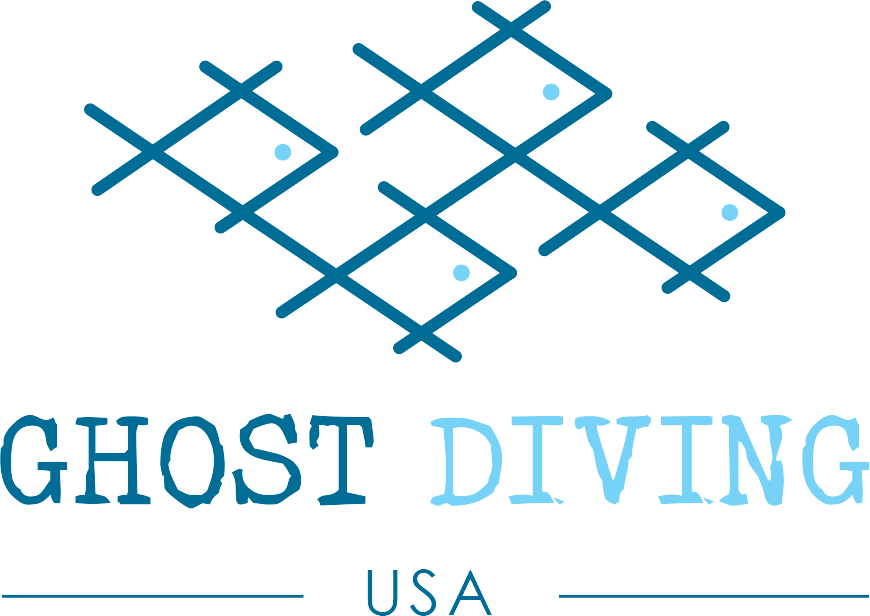The Tuna Clipper
Scientific team divers collecting samples of net for analysis at the University of California Santa Barbara
Mission Details
Location: Santa Catalina Island
Site: The San Vito aka the Tuna Clipper
Cutting Team: Karim Hamza & Jim Babor
Scientific Team: Norbert Lee & Mark Self
Documentation Team: Kian Farin & Shane McWilliams
Our divers return to a site we have become familiar with lately, the Tuna Clipper. We were particularly excited to return to the wreck of the San Vito because of a new partnership with a graduate research project at the University of California Santa Barbara. In addition to our planned net retrieval, our scientific team would collect small net specimens, test equipment, and practice standardized procedures for gathering water samples.
Our partners at UCSB are putting our divers to work to study microplastics and their effects on microbial communities in the marine environment. Understanding the effects of microplastics at the microbial level can help us understand how plastics break down and how they bioaccumulate up the food chain. The goal of the scientific team on this dive is to test and gather information to help guide researchers on the tools and methods to best conduct this work. 8 inch cuttings of net were collected and bagged to measure the degree of plastic degradation. The team tested two different water sampling containers, one HDPE (High Density Polyethylene) and one FPE (Fluorinated Ethylene Propylene). All samples collected were gathered in a collection bag and sent to the surface for collection by our surface support members.
While the scientific team made their observations and collected samples, the cutting team was working hard staging lift bags and tensioning net to start cutting. We had excellent conditions on the wreck great visibility at the start of the dive meant divers could easily see the net and stage lift bags accordingly to yield the best results. No current while great for diving means once the nets start rising visibility will diminish fast. As the cutting team started raising the nets visibility deteriorated requiring heightened vigilance across the teams. As the scientific team completed their work and prepared for their ascent, Norbert pointed out a horn shark tangled in net to the documentation team. Upon closer inspection, the horn shark was still respiring and Shane immediately jumped into action to cut him free. After a few minutes of careful cuts, the wounded horn shark limped away thanks to our efforts.
In total approximately 1,000 sq ft of net was successfully removed from the site, much of which was reinforced with heavy chains making collection onto the vessel challenging and labor intensive. Recovered nets had any remaining savable life picked out before being packaged up and transported to our corporate partner for repurposing. The scientific team completed their objectives successfully and their samples are en route to the lab for analysis. The documentation team captured key moments in the dive and a particularly powerful video freeing the entangled horn shark. Results like these resonate with our team and reaffirm the benefit of our mission. These are problems that live out of sight and out of mind, through our cleanup efforts and documentation, we can take steps to keep our oceans cleaner and safer for marine life.










